If you’re looking into decentralized governance for a blockchain or NFT project, you may want to know how to create a DAO or Decentralized Autonomous Organization. In the last two years, DAOs have grown in leaps and bounds, embracing decentralization to run organizations. Be it top NFT collections with their own NFT DAO or dApps, crypto-investment funds, and Web3 charity projects, DAOs have applications far and wide. If you are also considering creating a DAO, we have you covered.
In this guide, we’ll take you through everything you need to know about DAOs: What is a DAO? How to make A DAO?

What is a DAO?
First things first—What is a DAO?
DAO, short for Decentralized Autonomous Organization, is an organization that operates on the blockchain, following a set of predetermined rules. Notably, it’s run by a group of people sans any hierarchical structure. In other words, no single member enjoys autonomy, although they may have higher voting power.
Usually, DAOs bring together a community of people who are working towards a common goal. For example, to raise funds for a charity or DeFi activities like an Investment DAO. Or to collectively own NFTs and other assets, as with a Collector DAO. Anyone can join a DAO they like as long as they own its native tokens.
Now, let’s see how you can create a DAO of your liking:
How to create a DAO
If the idea of DAOs interests you and you want to create one of your own, this guide is for you. But, before you can create a DAO, there are some pre-requisites. You’ll need a crypto wallet and some crypto to pay for transactions. Apart from this, there are some essentials a DAO needs. Let’s look at these in detail:
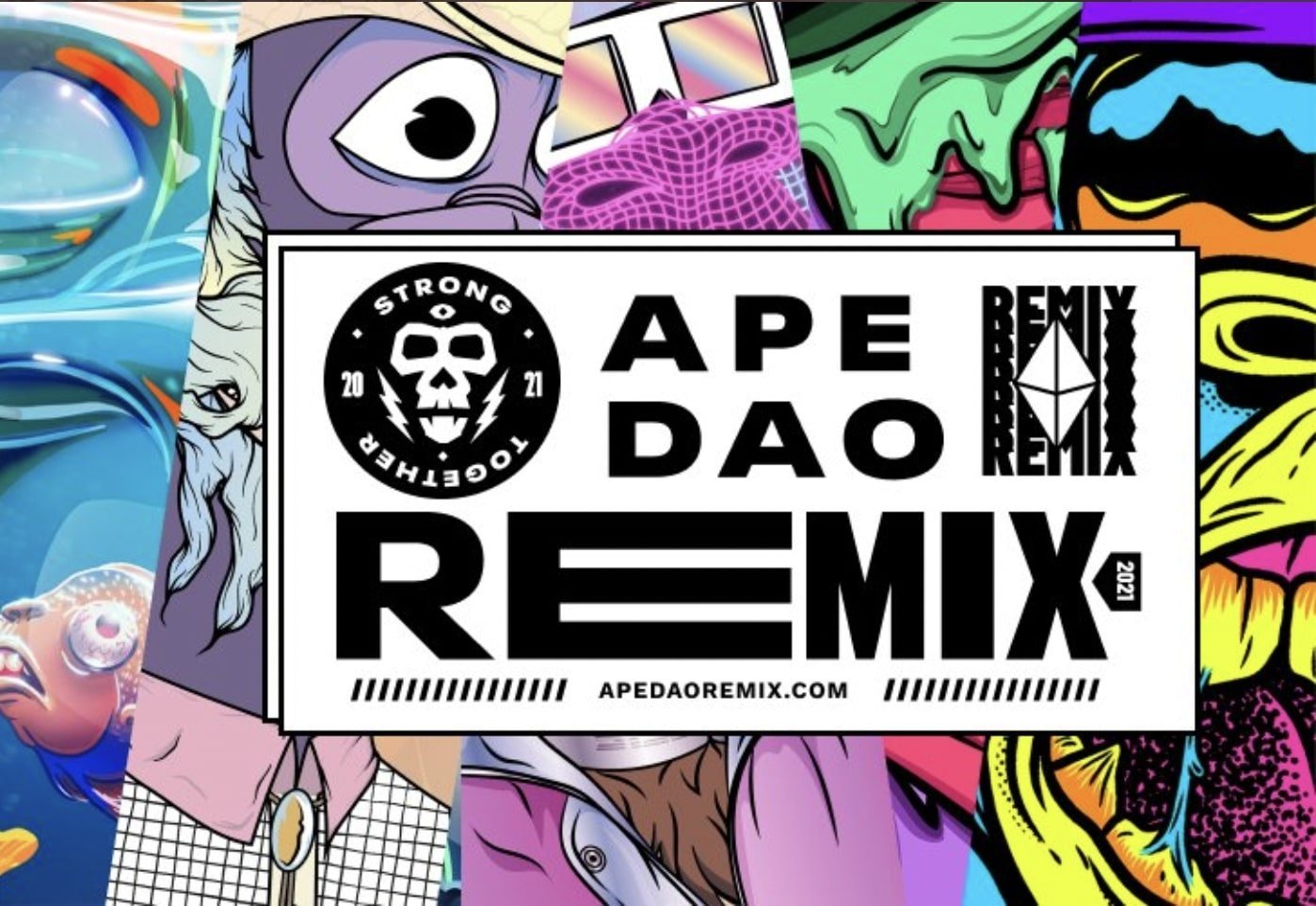
What does a DAO need?
Every DAO must have at least the following:
Define the purpose/structure of the DAO: As previously mentioned, all DAOs usually aim to achieve a common goal. Typically, it is to support a project or raise funds. Therefore, before you make a DAO, be clear on one thing: what is the reason you are creating a DAO?
Establish the DAO tokens and their uses: A DAO needs tokens to offer membership and voting rights. Basically, those who own governance tokens will have voting powers proportional to the number of tokens they hold. It is essential to determine the use cases of each token beforehand. For example, the governance tokens sometimes double up as utility tokens. In other cases, members can stake their tokens for rewards.
Set up a voting mechanism: Once you have governance tokens, next comes actual voting. How exactly will members vote to make any decisions in the DAO? How will members present their ideas? For these, you will have to set up a voting and governance structure.
Establish a treasury: A DAO treasury is a crucial step while creating your DAO—this is where you will store the organization’s funds. Usually, the funds are kept in a multi-signature wallet wherein you need permission from all signature holders to access the funds. You will also need to set up some treasury management tools.
Build a community: Finally, a DAO’s strength and success depends upon its community. Make sure to use community engagement tools such as social media to attract more members.
How do I make my own DAO?
The easiest way to create a DAO is through an open-source platform. These platforms will allow you to create a DAO in a few simple steps, without having to create a smart contract from scratch. Essentially, these platforms will serve as an interface between you and the blockchain and you can easily deploy your DAO to the blockchain, without any coding.
Here are some of the most common open-source platforms you can use to create your DAO:
Aragon
Aragon is one of the most popular platforms you can use to create a DAO. It is user-friendly and allows you to make a DAO on Ethereum, Polygon, Andromeda, or Harmony.
Follow the steps below to create your own DAO using Aragon:
- Go to the Aragon website and click ‘Create your DAO’.
- Select the network you want, connect your wallet, and then click on ‘create an organization’.
- Choose a DAO template and an Ethereum Name Service (ENS) as the name for your DAO.
- Finally, configure your template, review and launch the organization, pay for the transaction, and you are good to go!
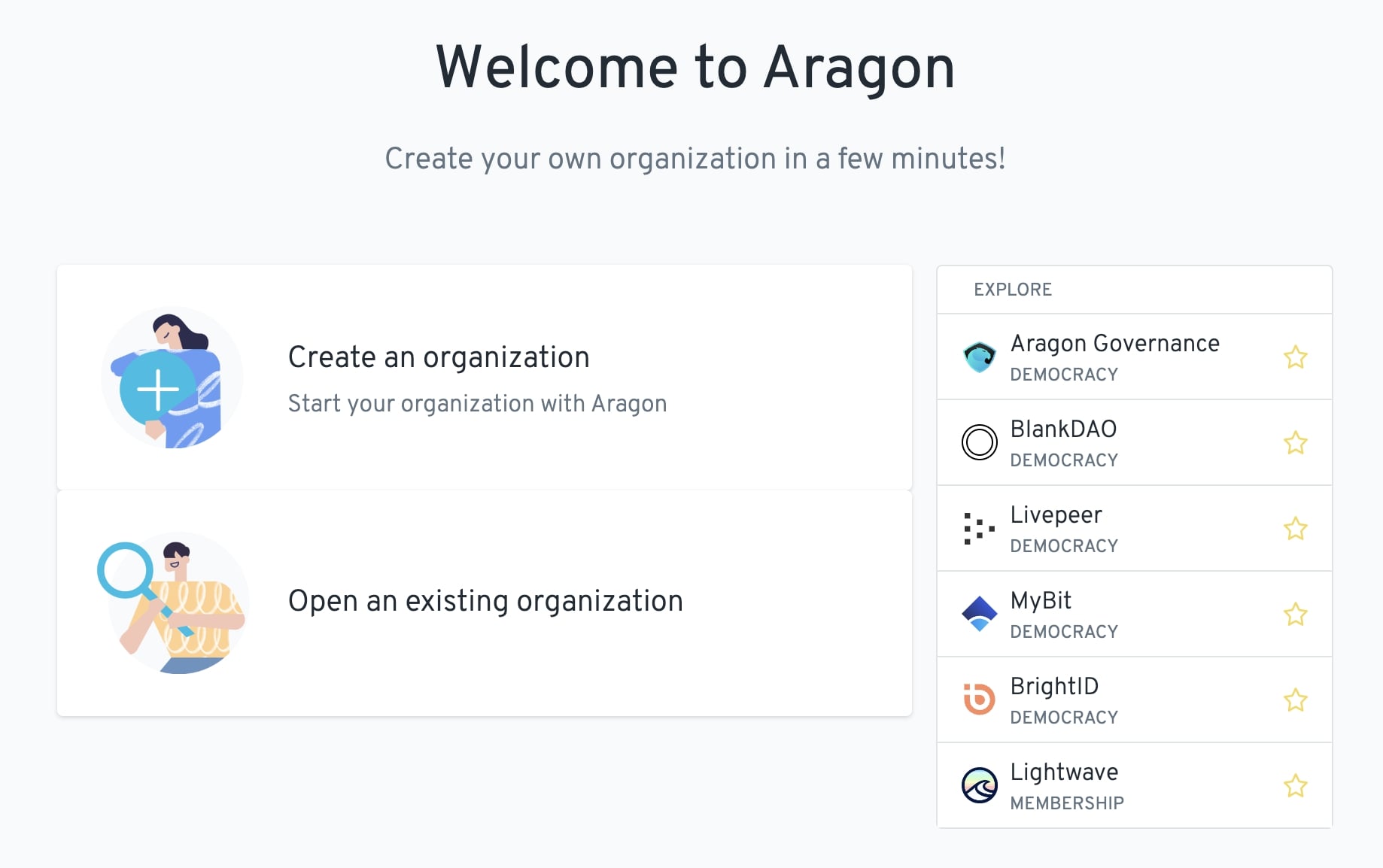
Snapshot
Snapshot is another popular off-chain voting tool for DAOs. Essentially, it takes a snapshot of token holders’ wallets to cast votes via digital signatures. Usually, Snapshot DAOs use Ethereum.
To use Snapshot, you’ll first need an ENS domain and link it to Snapshot. Then, on the website, you can create your own “Space”, meaning, your organization’s page. Customize it with voting power, terms, and conditions, admins, and so on. Finally, verify your space!
DAOstack Alchemy
DAOstack Alchemy is a decentralized tool for budgeting, collaboration, and DAO management on Ethereum and Gnosis Chain. Here too, creating a DAO is pretty straightforward. Connect your wallet to the DAOstack dApp, create a DAO, add members, and open your DAO. Unlike the examples above, you don’t need an ENS with this tool.
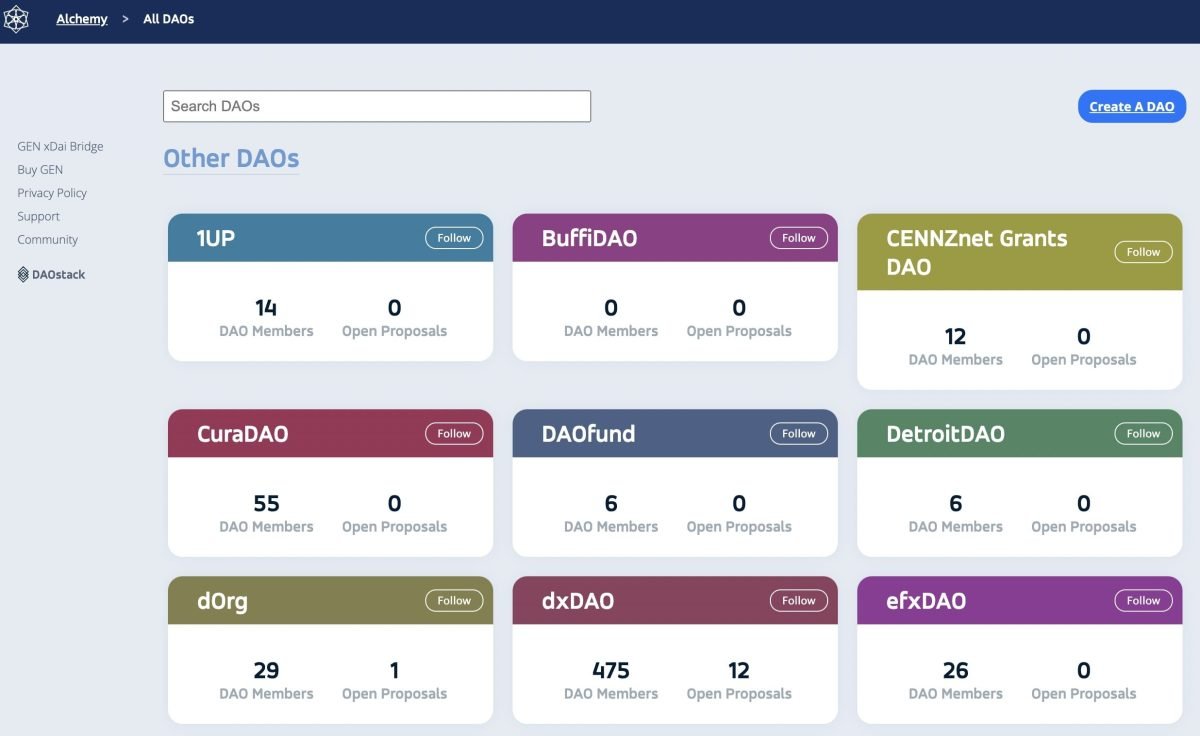
The Best Examples Of Successful DAOs
Before creating your DAO, it’s a good practice to understand the models of some of the most successful DAOs already in the crypto space. For example, MakerDAO, which manages the DAI stablecoin, is one of the oldest DAOs in the space. PleasrDAO, UnicornDAO, Uniswap, and Aave are some of the other popular examples. On the other hand, some of the common NFT DAOs are APE DAO, SharkDAO, YGG DAO, and Jenny Metaverse DAO.
Conclusion
As you can see, it is quite easy to create a DAO. However, running a DAO successfully comes with many challenges. For example, as DAOs are decentralized, their legality is of concern, particularly in countries like the US. This means that legal disputes within the organization may be difficult to settle.
Besides, you will need a strong purpose and community to keep your DAO functioning successfully. Finally, as always, make sure to do your own research before making any decisions.
All investment/financial opinions expressed by NFTevening.com are not recommendations.
This article is educational material.
As always, make your own research prior to making any kind of investment.



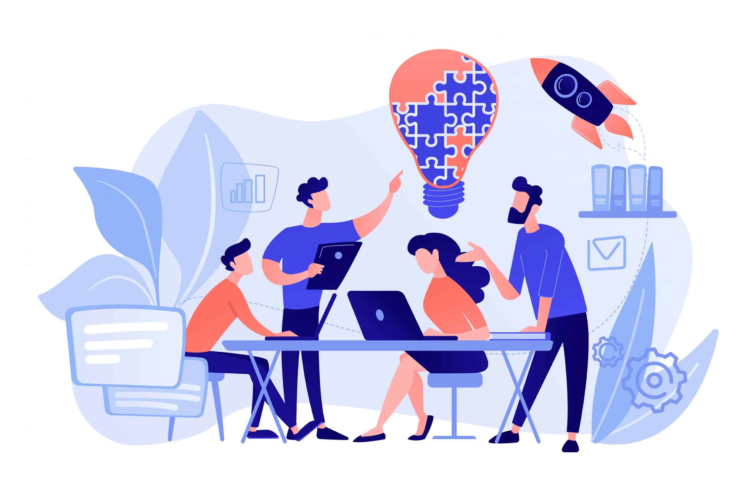
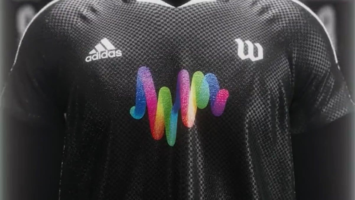
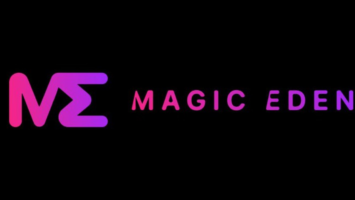
















Comments (No)